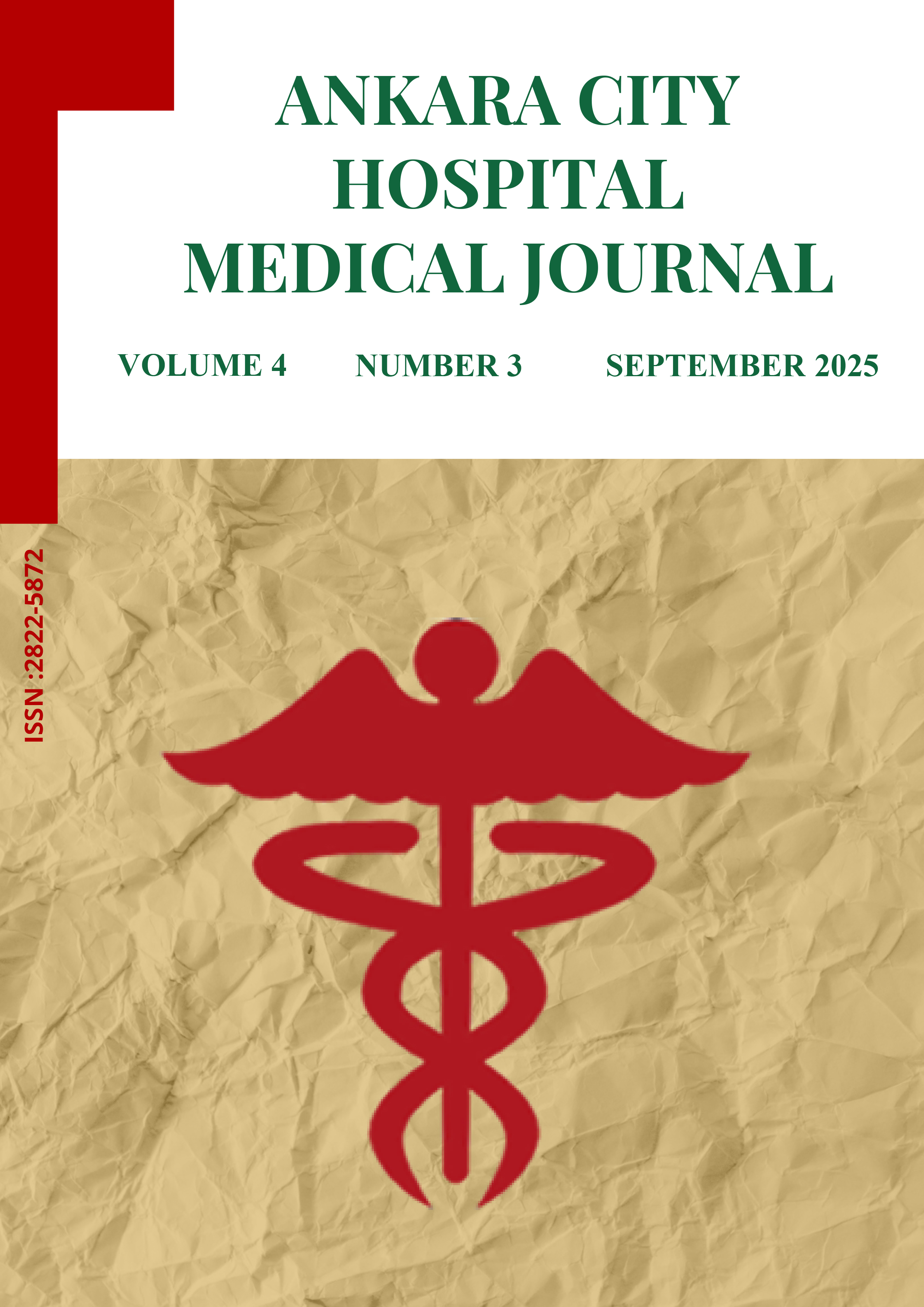
The Effect of Ticagrelor on Survival of Skin Flap in Rat Model
Ali Rıza Yıldırım1, Mehmet Tapan2, Hasan Murat Ergani31ARY Clinic, Aesthetic Plastic Surgery, Istanbul, Türkiye2Akdeniz University Medical School, Department of Plastic Surgery, Antalya, Türkiye
3Sağlık Bilimleri University Ankara City Hospital, Department of Plastic Surgery, Ankara, Türkiye
INTRODUCTION: Necrosis due to ischemia at the distal end of a flap is an important problem encountered during flap operations. Several procedures and drugs including delayed procedures, leeches, and anticoagulants, can be used to maintain flap viability.
METHODS: Sixteen rats were randomly divided into two groups of eight: the ticagrelor and the control groups. Rats in the ticagrelor group were administered ticagrelor diluted with 0.3 mL of saline at a dose of 10 mg/kg twice a day for 7 days, starting at 2 h preoperatively and 10 h postoperatively, by oral gavage. Similar stress in the control group was induced orally with saline solution at the same time. The results were statistically analyzed for both clinical and histopathological evaluations.
RESULTS: During the clinical examination, the area of necrosis and the entire flap area were measured using transparent acetate paper (grid method). In the histopathological examination, tissue samples were taken from the transition zone between necrotic tissue and intact tissue in the flaps of rats sacrificed on the 7th day. There were significant differences in clinical evaluation. (p<0,05) The mean and SD of necrosis were 15,65±1,84 cm2 in the control group and 8,59±3,75 cm2 in ticagrelor group. There were no significant differences (p>0,05) in the histopathological examinations; however, compared with the control group, fewer inflammatory cells and necrosis were observed in the ticagrelor group.
DISCUSSION AND CONCLUSION: We found a statistically significant difference in clinical outcomes with the use of ticagrelor. However, no significant differences were found in the histopathological observations. Our results suggest that ticagrelor is effective on survival of skin flaps of rats in clinical evaluation.
Manuscript Language: English
(386 downloaded)









